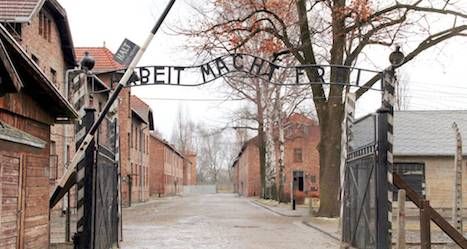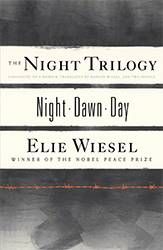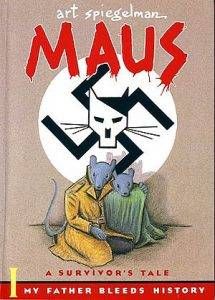
Out of the Attic: Nonfiction about the Holocaust
In many of my posts, I write about how books bring me comfort (as they do for most bibliophiles). They also bring me hope. The past few weeks have been some dark days, for many groups of people. Constant reports of hate crimes and harassment. There have been multiple parallels drawn between the incoming presidency and the Third Reich — many of them justified, after seeing the rise of the “alt-right,” or as I like to call them, Neo-Nazis. Having gone to a religious school for the majority of my school years, studying the Holocaust was something we did every year, albeit at different levels of intensity. To say that I’m familiar with the Holocaust is an understatement. In kindergarten, our teacher showed us the numbers on her arm during naptime. My best friend’s grandmother and her sisters survived Auschwitz because Dr. Mengele liked them (they all looked alike, and he did twin experiments). The Bible teacher I had in elementary and middle school escaped after Kristallnacht. Every year, on Yom Hashoa, the lights of the school would be dimmed and we would wear yellow paper stars that read “Jude.” Macabre, perhaps, but it is what it is.
It is the art from the Holocaust, and the art that came out of the Holocaust, that has stuck with me most. The pictures, the songs, the stories. Oh, the stories. It started with perhaps the most seminal work: The Diary of Anne Frank. As a 10 year old, I had no idea how something like that could have happened. How did he get away with it? Why did people not do anything? Did the United States know? Those were some of the questions I asked my mother while reading the book.
I grew up hearing the words never again drilled into me, year after year after year. But until recently, I assumed that something like the Holocaust could never happen in the United States. I believed that by teaching and learning history, we could somehow not repeat it. Maybe I was naive. Maybe I just wanted to believe in the inherent goodness of people. It could be that I put too much stock in the power of story, of words.
In times of moral outrage, social injustice, and societal upheaval or confusion, art (including literature) remains important. Perhaps it even becomes more so. It is commentary, magnifying glass, and time capsule. It finds beauty in the struggle, and connections in the loneliness. It is survival.
Which is why I still read memoirs and nonfiction. Beyond Anne Frank, there are plenty of memoirs and nonfiction about the Holocaust that are necessary to read today. Here are some of my favorites:
The Night Trilogy (Night, Dawn, Day), by Elie Wiesel. Though the most famous of these is Night, all three are breathtaking. It’s a classic for a reason. Dawn and Day are novels, but complement Night so well and are a natural progression of the story.
Survival in Auschwitz, by Primo Levi. This memoir by an Italian Jew describes his time in Auschwitz after being arrested for being part of the resistance. He minces no words and the imagery is stark, but the prose is incisive and beautiful.
Maus, by Art Spiegelman. A graphic memoir about the Holocaust? Yes, and it works. If you want to “ease into” the topic, this could be a good choice.
Children of the Flames: Dr. Josef Mengele and the Untold Story of the Twins of Auschwitz, by Lucette Matalon Lagnado and Sheila Cohn Dekel. I read this in high school, and much of the imagery has stayed with me today, more than 20 years later. The Angel of Death, as Mengele was called, performed experiments on women, children, and twins, to name a few. Out of thousands of his victims, less than 200 survived. These are some of their stories.
The Righteous: The Unsung Heroes of the Holocaust, by Martin Gilbert. Non-Jews who helped save Jewish lives during the Holocaust are called Righteous Gentiles. There are whole exhibits exploring these stories at the Washington Holocaust Museum and at Yad Vashem, the Holocaust Museum in Israel. This book, written from research, interviews, and archives, on 25 Righteous Gentiles tells only a small part of the story.



















